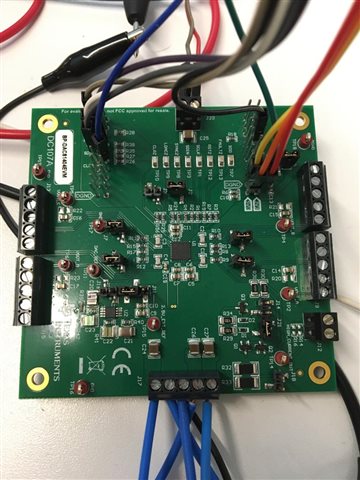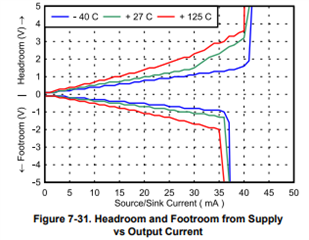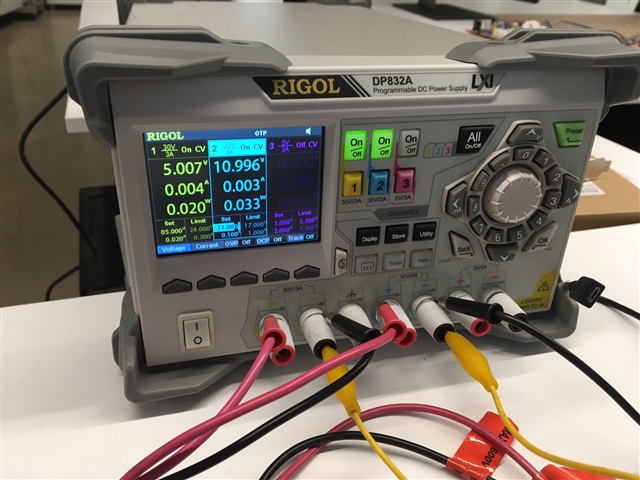Hello TI,
I have DAC81404EVM board along with MSP-EXP432E401 launchpad. But after i cannot get DAC output and i could not be sure whether i can read/write the registers, i switched to ESP32 thanks to @ParswaNath 's library
https://github.com/sphCow/DAC81404_lib/blob/main/main.cpp
When i read the registers i will get the below results :
0x00 : 0 0x01 : A70 0x02 : 8 0x03 : A86 0x04 : 4000 0x05 : F 0x06 : 0 0x07 : 0 0x08 : 0 0x09 : FFF0 0x0A : 0 0x0B: 0 0x0C : 0 0x0D : 0 0x0E : 0 0x0F : 0 0x10 : 0 0x11 : 0 0x12 : 0 0x13 : 0
Here you can see internal reference register (0x04) is in false (0x4000) state. When i checked the TP11 it is 0 volt. When i change 0x04 (internal reference register) to true, i could see the 0x04 register is changed to 0x00 and i could see 2.5 volt on TP11. What i understand is that i could write and read register successfully (Am i right ?). Apart from Parswa's library, i changed the SPIMODE0 to SPIMODE2 to read/write register.
My problem is that i could not set register 0x09 (Power Up Channel), 0x0A (DAC Range) and i could not write DAC value as well. When i try to write 0x09 i could only make channel 0 to power up (0xFFF0) as you can see above but in this condition i could not set DAC Range and DAC value as well for channel 0 (channel 0 is DAC output A, right ?). For other channels i could not make them power up. Could you please help me for this problem.
Best Regards
Fatih








